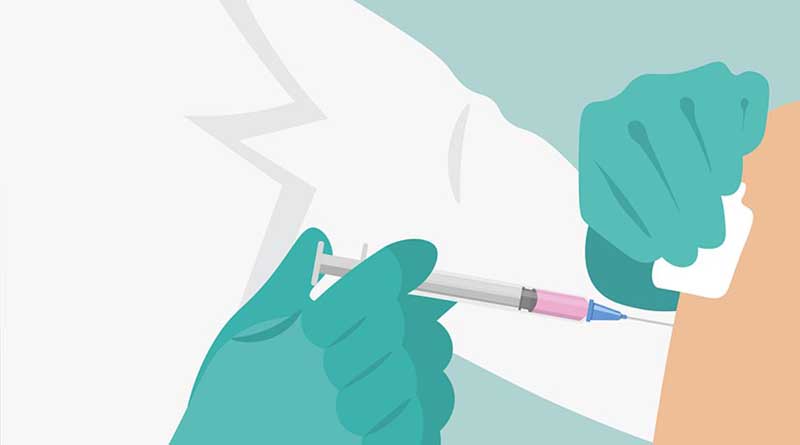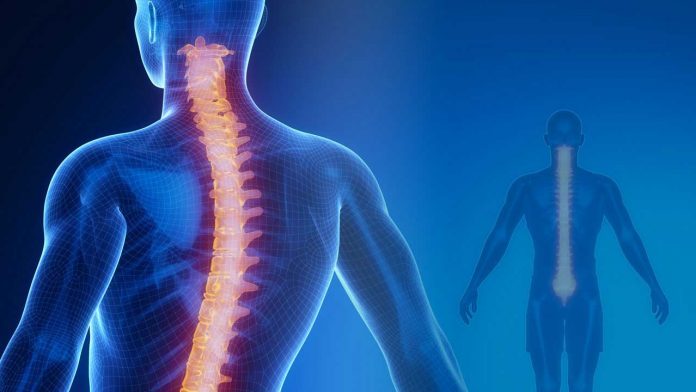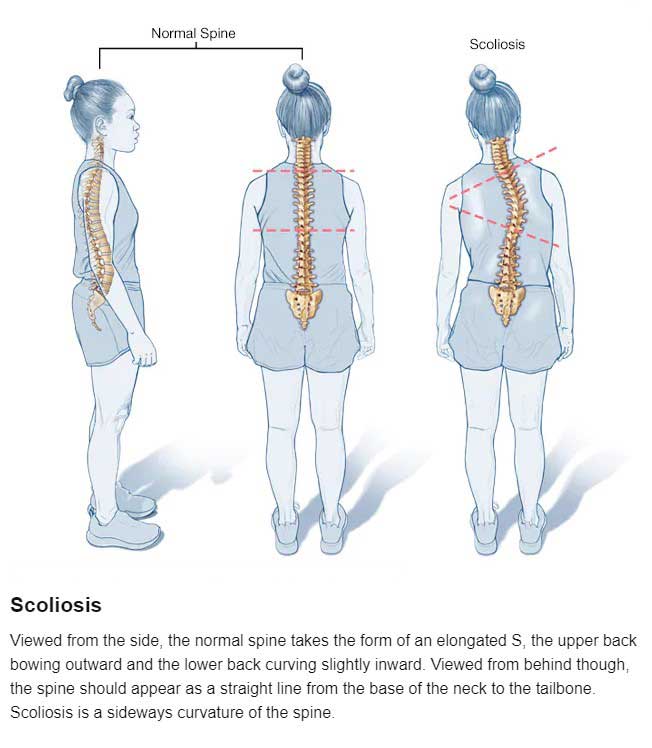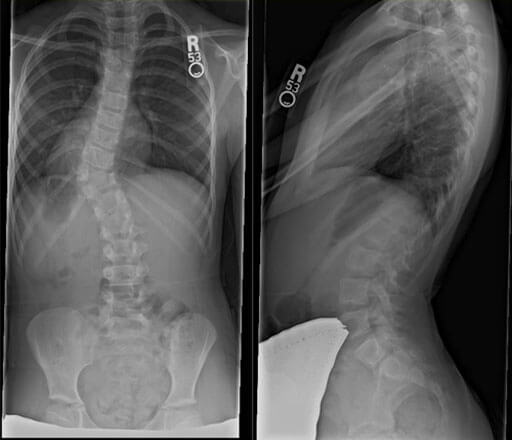What is scoliosis?
The spine is made up of a stack of rectangular-shaped building blocks called vertebrae. When viewed from behind, the spine normally appears straight.
However, a spine affected by scoliosis is curved — often appearing like an S or C — with a rotation of the vertebrae. This curvature gives the appearance that the person is leaning to one side.
Scoliosis is a sideways curvature of the spine that most often is diagnosed in adolescents. While scoliosis can occur in people with conditions such as cerebral palsy and muscular dystrophy, the cause of most childhood scoliosis is unknown.
Scoliosis is determined when the curvature of the spine measures 10 degrees or greater on an X-ray. Spinal curvature from scoliosis may occur on the right or left side of the spine, or on both sides in different sections. Both the thoracic (mid) and lumbar (lower) spine may be affected by scoliosis.
Most cases of scoliosis are mild, but some curves worsen as children grow. Severe scoliosis can be disabling. An especially severe spinal curve can reduce the amount of space within the chest, making it difficult for the lungs to function properly.
Children who have mild scoliosis are monitored closely, usually with X-rays, to see if the curve is getting worse. In many cases, no treatment is necessary. Some children will need to wear a brace to stop the curve from worsening. Others may need surgery to straighten severe curves.
What are the causes of scoliosis?
Doctors don’t know what causes the most common type of scoliosis — although it appears to involve hereditary factors, because the disorder sometimes runs in families. Less common types of scoliosis may be caused by:
- Certain neuromuscular conditions, such as cerebral palsy or muscular dystrophy
- Birth defects affecting the development of the bones of the spine
- Previous surgery on the chest wall as a baby
- Injuries to or infections of the spine
- Spinal cord abnormalities
What are the symptoms of scoliosis?
The following are the most common symptoms of scoliosis. However, each individual may experience symptoms differently. Symptoms may include:
- Difference in shoulder height
- The head isn’t centred with the rest of the body
- Difference in hip height or position
- Difference in shoulder blade height or position
- When standing straight, difference in the way the arms hang beside the body
- When bending forward, the sides of the back appear different in height
- Prominence or asymmetry in the ribs seen from the front or back
The symptoms of scoliosis may resemble other spinal conditions or deformities or may be a result of an injury or infection.
How is scoliosis diagnosed?
Early detection of scoliosis is most important for successful treatment. In addition to a complete medical history and physical examination, an X-ray is the primary diagnostic tool for scoliosis. In establishing a diagnosis of scoliosis, the doctor measures the degree of spinal curvature on the X-ray.
How is scoliosis treated?
For actively growing children with scoliosis curves between 20 and 50 degrees, bracing is recommended. An external torso brace, or TLSO, is worn for a prescribed number of hours. The brace applies corrective pressure to the growing spine, preventing further worsening of the scoliosis.
Surgery is a recommended treatment option for a child with severe scoliosis or a curve that has worsened to more than 50 degrees.
Related article: Hainan issues plan to vaccinate 71,000 school-age girls against HPV










